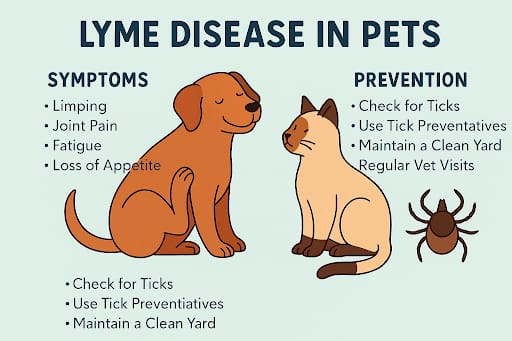
Everybody loves spending time outdoors with their pets. But did we really know that pets like dogs can unintentionally bring ticks home? This small creature can carry Lyme disease, putting both pets and family at risk of Lyme disease.
So, in this blog let us explore how ticks havep onto pets, the role our animals play spreading Lyme disease, and what steps we need to take to protect our loved ones.
How do pets contribute to Lyme disease transmission?

Pets can carry ticks into homes, increasing the risk of Lyme disease for humans. Ticks latch onto pets during outdoor activities and detach indoors, spreading disease.
- Pets and Lyme Disease risks are significant because pets can harbor infected ticks without showing symptoms.
- Pets or animals are infected from walks or play outside, they can come inside the home and then remove and sit around, exposing humans.
- Lyme disease transmission is not directly associated with pets, however, humans can contract this infection from ticks left behind by pets. Precautions along with familiar practices such as regular tick checks, tick collars, and medicines may reduce this risk.
What are the symptoms of Lyme disease in pets?
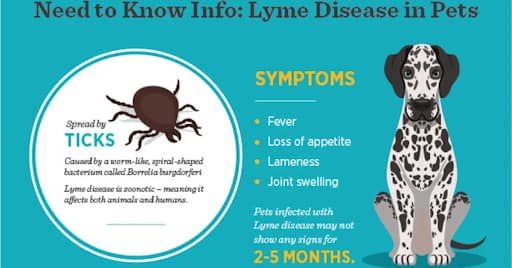
Symptoms of Lyme disease in pets include :
- Fever
- Lethargy
- Joint pain
- Loss of appetite
Early detection is vital to prevent severe complications.
If not taken care of properly, pets end up dealing with severe kidney and or neurological issues. It is paramount that these symptoms are kept an eye on and veterinary care is sought. Pets are diagnosed with Lyme disease through blood tests and administered with antibiotics which have been found to treat the condition if caught in time.
How can pet owners reduce tick exposure for their pets?
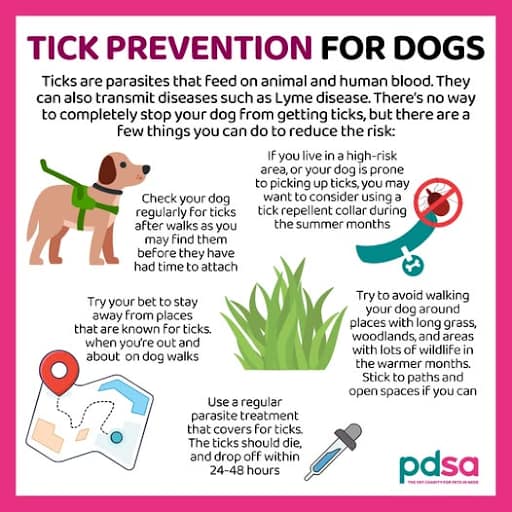
- Pet owners can minimize tick exposure by using tick-prevention products, avoiding wooded areas, and performing daily tick checks after outdoor activities.
- Having proper tick collars, sprays and topical treatments for pets is a good deterrent to keep ticks at bay however it is only part of a multi-step solution to the problem.
- Sticking to gardens and wooded areas will increase the risk so there is no need to go there in the first place.
- If the pets are regularly groomed and checked for ticks this problem can be nipped in the bud before Lyme disease is even a risk. To address this issue, make sure that the envelopes are kept clean and clear of tick habitats.
Can pets show no symptoms of Lyme disease while being infected?
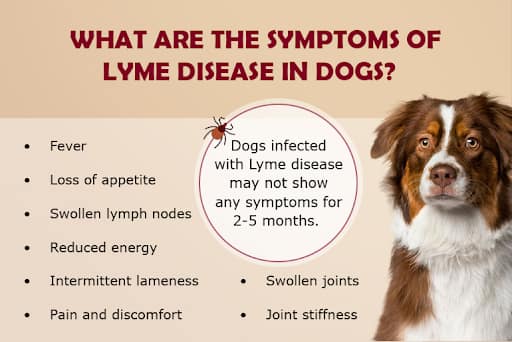
Pets can carry Lyme disease without showing symptoms. Regular vet check-ups and blood tests are essential for early detection and management.
Several pets that carry Lyme disease remain unconcerned and lack the typical signs of joint pain or fever. These animals still serve as carriers for ticks which pose a large threat to humans. Routine checkups that include blood tests however help to prevent this hidden menace in the early stages. Providing a wider scope of care for animals not only ensures their safety but also greatly minimizes the risk of the disease spreading to humans.
How effective are tick-prevention products for pets?
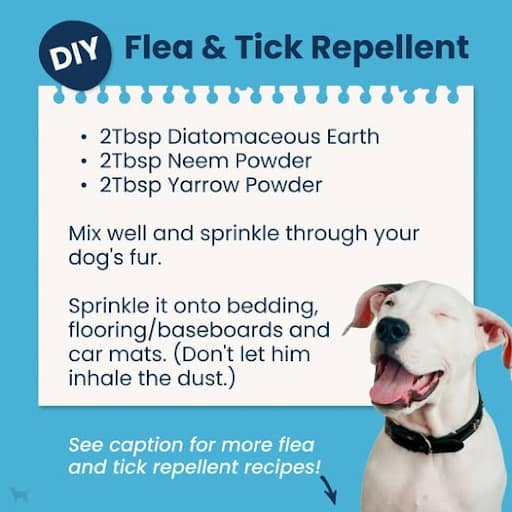
Tick-prevention products, including collars, sprays, and spot-on treatments, are highly effective in reducing tick infestations on pets and minimizing Lyme disease risk.
Tick prevention for pets relies on high-quality preventive products that repel and kill ticks before they attach. To avoid pets from getting tick bites, one has to get a combination of medicated collars and topical sprays so that ticks are killed before they attach to your pet.
These methods are very safe to use as these do not only protect other pets within a country but the houses as well. The constant use of these environmental measures, for example, when the grass is kept short, the risk of a pet getting Lyme Disease decreases significantly.
Can indoor pets still get ticks and Lyme disease?
Indoor pets can get ticks and Lyme disease if exposed to tick-infested environments or if ticks are brought indoors by other animals or humans.
People who own pets should always keep in mind the safety precautions needed to protect their pets as well as themselves from getting Lyme Disease which is by ensuring regular check-ups with specialists, especially for pets who are more active or are always on the go.
Ticks can easily attach themselves to any type of object be it a human or an animal, and through open windows and doors all one is left to do is constantly aid the pet preventing them from getting Lyme disease it is advised to stay indoors as much as possible.
Summing Up..
Grasping the relationship between pets and Lyme disease gives insight to pet owners on how to be able to optimize their pets and families. The threats of ticks and Lyme disease can be controlled greatly through preventive methods, proper timing, and routine check-ups. The health status of your pets directly reflects the overall safety level of your home.
References
- Pets. 2023. “Dogs, Cats and Horses May Contract Lyme Disease and Other Bacteria Carried by Ticks.” LymeDisease.org. June 5, 2023. Link.
- Sala, Vittorio, and Eleonora De Faveri. 2016. “Epidemiology of Lyme Disease in Domestic and Wild Animals.” The Open Dermatology Journal 10 (1): 15–26. Link.
- Elsheikha, Hany M. 2017. “Tick Threat and Control Methods.” ResearchGate 47 (21). Link.
- Loconti, Christine. n.d. “What to Know about Lyme Disease in Dogs.” WebMD. Accessed April 7, 2024. Link.
- “Does Your Dog Need a Lyme Vaccine?” n.d. Www.petmd.com. Accessed November 17, 2020. Link.


